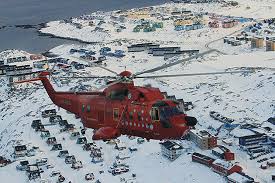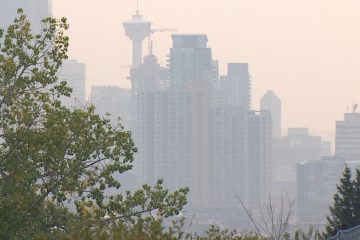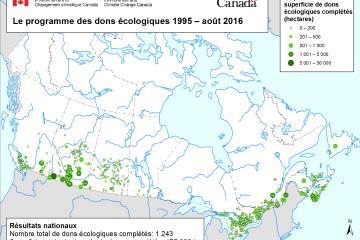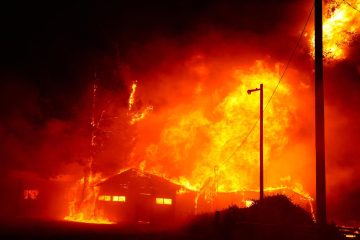Greenland’s Role in Climate Change and Global Implications

Introduction
Greenland, the world’s largest island, has recently become a focal point in discussions surrounding climate change. Its rapidly melting ice sheets and glaciers are critical indicators of global warming, making it a subject of significant scientific research and international attention. Understanding the changes occurring in Greenland is not only important for the local environment but also for the global community, as these changes have far-reaching effects on sea levels, weather patterns, and global ecosystems.
The Current State of Greenland’s Ice
In a report released by the National Snow and Ice Data Center (NSIDC), it was found that Greenland is losing ice at an alarming rate, contributing approximately 0.7 millimeters to global sea level rise per year. This loss has accelerated over the last two decades, with satellite data showing that between 1992 and 2018, Greenland shed a staggering 3.8 trillion tons of ice. This accelerated melting is attributed to warming air temperatures, which have increased by over 2°C since the late 19th century.
Impact of Melting Ice Sheets
The melting of the Greenland ice sheet is projected to lead to a rise in global sea levels, threatening coastal cities and ecosystems worldwide. According to projections by the Intergovernmental Panel on Climate Change (IPCC), if current trends continue, sea levels could rise by more than a meter by the end of the century. This scenario could displace millions of people in urban areas and jeopardize freshwater resources and agricultural production globally.
Research and International Collaboration
Scientists from various countries are intensifying their efforts to study Greenland’s ice sheet, utilizing satellite imagery, aerial surveys, and on-ground research expeditions. Collaborations among nations aim to better understand the dynamics of ice loss and its implications. Organizations such as NASA and the European Space Agency are deploying advanced satellite missions to monitor changes in the ice more accurately, while research programs focus on predicting future melting scenarios.
Conclusion
Greenland’s environmental transformations serve as a critical warning signal for the planet. The ongoing melting of its ice sheets highlights the urgent need for global action against climate change. As international cooperation grows to address these challenges, keeping a close eye on Greenland’s changes will be significant for predictions about future sea level rise and the broader consequences for Earth’s climate systems. For readers, understanding the issues surrounding Greenland not only emphasizes the importance of climate action but also encourages awareness of how interconnected our global climate is.









